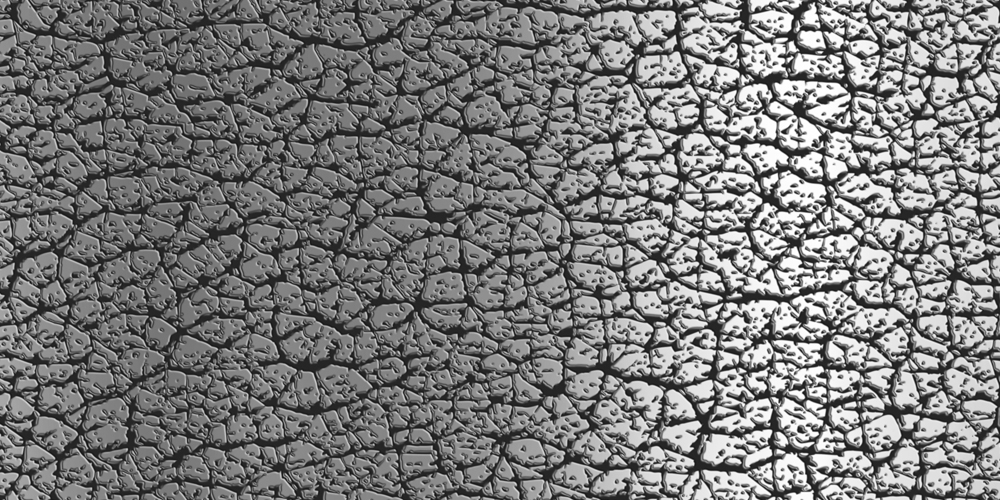ASK ALLIANCE: How Do You Achieve A Successful Texturing Job?

Having been in the molding business for close to 40 years, we have come across just about anything and everything in regards to the mold making and finishing industry. Over the years, we’ve created a team of valuable partners and together we are a fountain of useful information. Instead of hoarding all of our knowledge, like an old lady on the History Channel’s Buried Alive, we’d like to share our knowledge with anyone interested in order to help them reach new levels of success and efficiency – without the dreaded trial and error.
Each month we will be writing a blog entry entitled, Ask Alliance, where we will happily provide answers to some of the industry’s most discussed questions. If by chance we don’t internally have the answer, we will scour our partner resources to get it for you.
So lets get to it…
Q: When it comes to texturing a mold, what steps should be taken to ensure a successful job?
A: This is a great question and to be honest, I wasn’t sure I had the answer to it. So, I reached out to my friend, Mike Donlin, Vice President at Comet Die & Engraving, and after talking to him here is what I found out.
The first thing that you need to do is determine what material your job is made of. This seems obvious but we are going for success, not good enough, and every step counts. Once you know the material you need to prep your job. In order to do so, make sure that all chrome is removed from your part. Once the job is prepped, it’s time to polish your cavity. Be sure that any and all imperfections and EDM scale is completely removed from the cavity, or mold, in the area to be textured.
This step is so important because EDM is essentially the enemy of any successful texturing job as it can act as a barrier between the steel and the acid used to create the etch, resulting in an inconsistent finish. When it comes to cutter marks and scratches, most textures will not be able to cover or hide these issues and will result in flaws in the job, which is precisely what we are trying to avoid.
So how do we do this? For a standard texture you will want to achieve a polishing finish of at least a 400 stone or the equivalent of a 240 Emery finish. For more precise detailed textures, the polish may need to be improved to an even finer finish. Once you think the polishing is complete, you can apply a glass bead which will make any missed areas stand out allowing you to concentrate on those specific areas as needed. We are going for success, so this is no time for shortcuts. After you have completed all of the steps above, you are now ready to begin your actual texturing process.
With that being said, to ensure you are getting the best possible results, here are a few more nuggets and tips for you as well:
- Any necessary heat treating should be done after the texturing process.
- Always weld with the parent steel. This is one reason it is important to know what the part is made of.
- Pre-Heat your job to 900 degrees and weld while the part is hot.
- DO NOT bench on texture as it will change the depth to where the new texture depth will not be able to match.
- Always have enough draft (1 to 1 1/2 per .001)
- Run the grain in the direction of the pull if possible.

Recent Comments